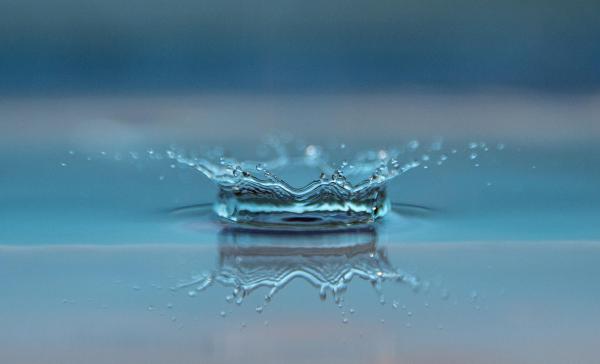Artificial Sweeteners Are Widely Used
AS are used extensively in foods worldwide. They are found in drinks, desserts, pastries, bread, candies, and chewing gums. They are also used in pharmaceuticals and personal care products, like cough syrups, toothpaste, drug formulations, and sanitary products. The present global consumption of AS is greater than 159,000 tons. China is the largest consumer, followed by the United States and Asia/Oceania.
Pass it On
 The most commonly used AS are saccharin, cyclamate, aspartame, acesulfame-K (ACE-K), and sucralose; all but aspartame can pass through the human body undigested and relatively unchanged. From there, they enter our waste streams.
The most commonly used AS are saccharin, cyclamate, aspartame, acesulfame-K (ACE-K), and sucralose; all but aspartame can pass through the human body undigested and relatively unchanged. From there, they enter our waste streams.
Wastewater treatment plants (WWTP) remove solids, break down organic materials and restore the oxygen content of sewage and grey water to make them suitable for discharge into the environment. WWTP are not designed to eliminate small molecules such as AS. Treated effluents contain undigested AS and caffeine, optical brighteners found in laundry detergents, and a wide array of pharmaceuticals; drugs that we use take and which pass out of our bodies into our urine and feces.
Effluents from wastewater treatment plants are the primary source of AS contamination. Due to large volumes consumed, AS are steadily accumulating in our soils and our surface, recreational, and ground waters, traveling full circle back into our drinking water. Are we drinking AS unknowingly?
Source tracking is an investigative strategy used to determine sources of fecal pollution in environmental waters. One can use microbial, DNA, or chemical markers to determine whether fecal pollution came from a leaking septic tank or runoff from a cow pasture. Due to their persistence in the environment, some AS, specifically acesulfame, can be used in source tracking as a marker substance of man-made contamination and help determine groundwater quality.
Are artificial sweeteners a problem?
Frankly, we don’t know.
Microplastics have been found in the world’s oceans, in blue mussels off the coast of Australia, cruising in the human bloodstream, and YES, in German beer [1]. We don’t yet know the consequences of microplastic contamination. The same is true for AS in the environment. We need to explore and understand any unintended hazards of AS in our water or soil.
While all AS are generally recognized as safe for human consumption by the FDA when used in approved concentrations in foods and drugs, they may negatively affect the survival of at-risk or fragile species such as invertebrates and amphibians. Scientists are proactively studying certain bacteria that can live and grow using AS as their food. These particular bacteria could potentially be used as bio-remediators to break down and eliminate AS.
Here is one example: acesulfame, that biomarker of pollution I mentioned, can be degraded and eliminated by bacteria isolated from human waste sludge, Bosea sp. and Chelatococcus sp. Both can utilize acesulfame as their sole carbon source; pure strains of bacteria can mineralize one g/L ACE-K within 8–9 days. Presently, wastewater treatment facilities use beneficial microbes as secondary treatments to convert organic biomass into sludge. We need to incorporate new microbial cultures into that process and eliminate AS. I prefer my beer to be AS-free.
[1] Laws concerning the purity of German Beer are over 500 years old. The only allowed ingredients are water, hops, and barley. “Germany is a country that takes its beer so seriously that it has a word bierernst – which means “deadly serious” but it literally translates to “beer serious.”
Source: Environmental Impact of the Presence, Distribution, and Use of Artificial Sweeteners as Emerging Sources of Pollution Journal of Environmental and Public Health DOI:10.1155/2021/6624569




